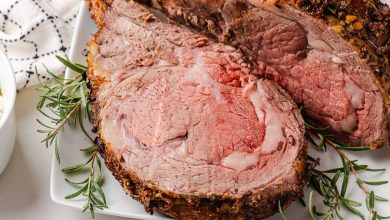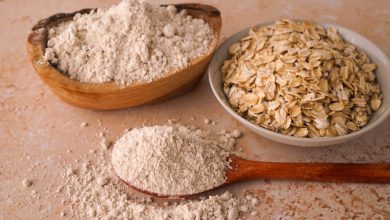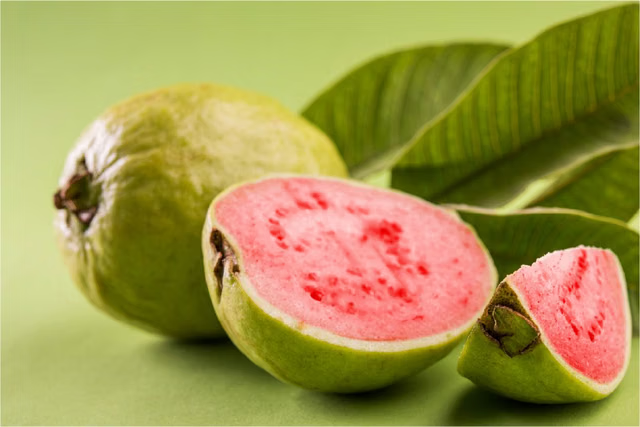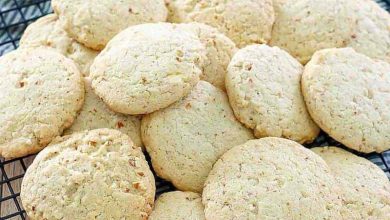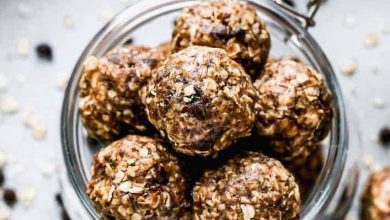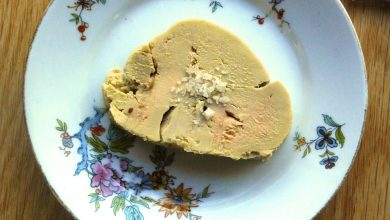Dried Cloud Ear Fungus (Fungi Cloud Ears) – Nutritional Breakdown
Cloud ear fungus, also known as Auricularia auricula-judae, is a type of edible fungus often found in Asian cuisine. When dried, this unique ingredient transforms into a chewy, delicate texture that rehydrates beautifully in cooking. Its light flavor and impressive nutritional profile make it an excellent addition to various dishes such as soups, stir-fries, and salads.
Nutritional Information (Per 100g)
| Nutrient | Amount |
|---|---|
| Energy | 284 kcal |
| Protein | 9.25 g |
| Total Fat | 0.73 g |
| Saturated Fat | 0.0 g |
| Carbohydrates | 73.01 g |
| Dietary Fiber | 70.1 g |
| Sugar | 0.0 g |
| Calcium | 159 mg |
| Iron | 5.88 mg |
| Magnesium | 83 mg |
| Phosphorus | 184 mg |
| Potassium | 754 mg |
| Sodium | 35 mg |
| Zinc | 1.32 mg |
| Copper | 0.183 mcg |
| Manganese | 1.951 mg |
| Selenium | 43.4 mcg |
| Vitamin C | 0.0 mg |
| Thiamin (Vitamin B1) | 0.015 mg |
| Riboflavin (Vitamin B2) | 0.844 mg |
| Niacin (Vitamin B3) | 6.267 mg |
| Vitamin B6 | 0.112 mg |
| Folate | 38 mcg |
| Vitamin B12 | 0.0 mcg |
| Vitamin A | 0.0 mcg |
| Vitamin E | 0.0 mg |
| Vitamin D2 | 0.0 mcg |
Allergen Information
Cloud ear fungus is naturally free from common allergens such as dairy, gluten, and nuts, making it suitable for most dietary needs. However, as with any foraged or specialty food, it is recommended to check for any personal sensitivities before consumption. Since dried fungi can sometimes have preservatives or contaminants, it is always wise to source from reputable suppliers and ensure proper cleaning and rehydration before use.
Dietary Preferences
Cloud ear fungus is naturally:
- Vegan: A plant-based food that is ideal for those following a vegan or vegetarian diet.
- Gluten-Free: Safe for those with gluten sensitivities or celiac disease.
- Low in Fat: With only 0.73 grams of fat per 100 grams, it is a good option for low-fat diets.
- High in Fiber: With an impressive 70.1 grams of fiber per 100g serving, it aids digestion and can contribute to a feeling of fullness.
Cooking Tips and Advice
Dried cloud ear fungus is incredibly versatile and can be used in both savory and sweet dishes. To rehydrate, simply soak the dried fungus in warm water for about 30 minutes, allowing it to expand and soften. Its mild flavor absorbs seasonings well, making it an excellent addition to soups, broths, and stir-fried vegetable dishes. Cloud ear fungus also pairs beautifully with noodles, meats, and seafood, adding both texture and nutrition to any meal.
Due to its high fiber content, it’s important to start with small portions if you’re not accustomed to fiber-rich foods, as a sudden increase may lead to digestive discomfort. Additionally, its delicate texture and neutral taste make it ideal for complementing stronger flavors in a dish without overpowering them.
Conclusion
Dried cloud ear fungus is not only an ingredient that can elevate the texture and nutritional value of various dishes but also one that packs a punch with its impressive fiber and mineral content. With its subtle flavor and adaptability in cooking, it can be a delightful addition to both traditional and modern recipes. Whether you’re a seasoned chef or just starting out, incorporating cloud ear fungus into your meals can enhance both flavor and health benefits, all while maintaining a light, refreshing profile.



